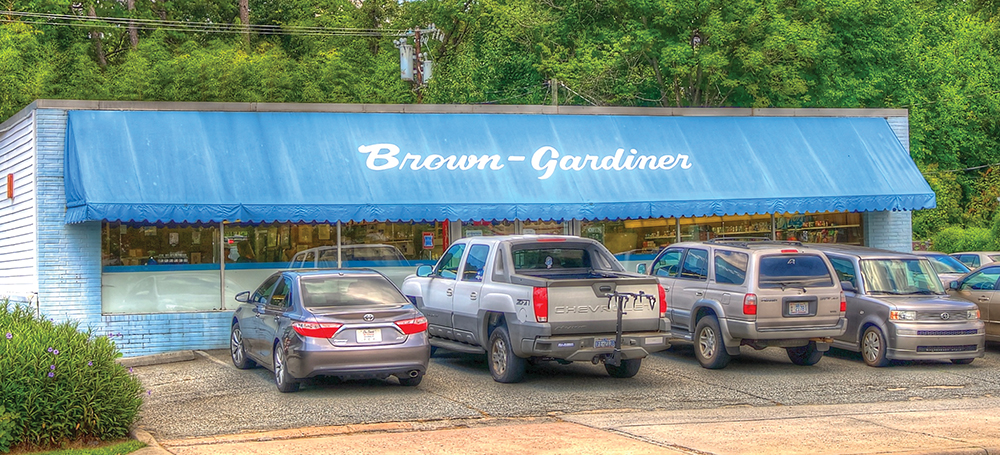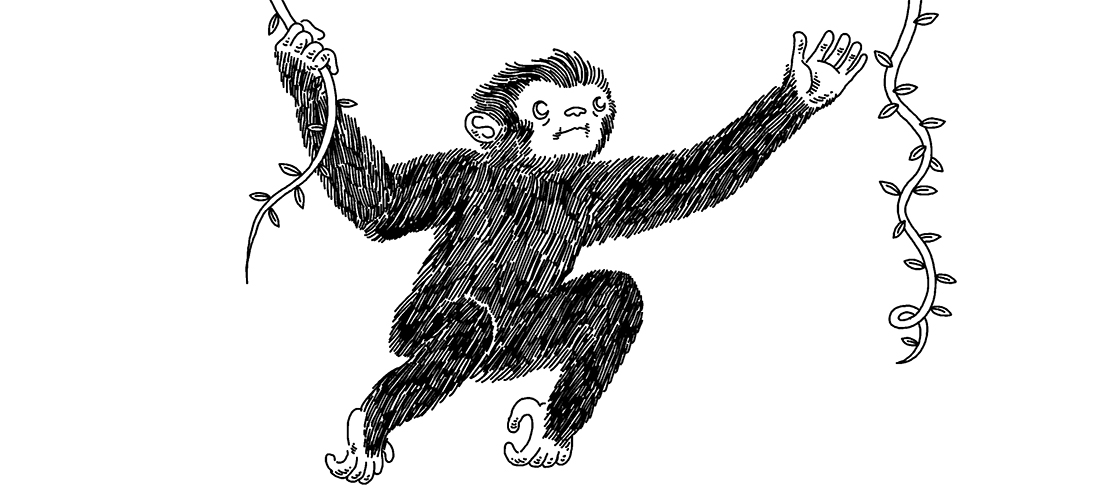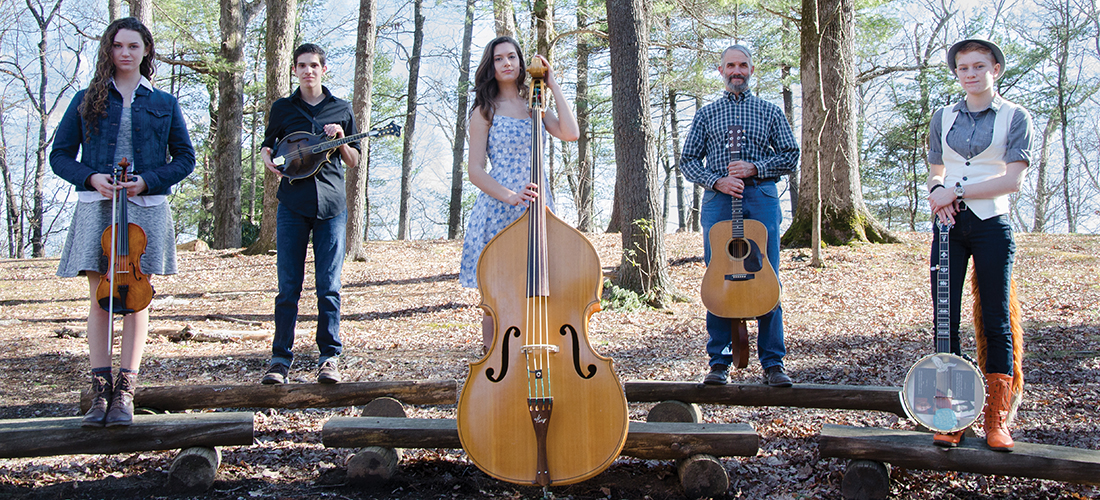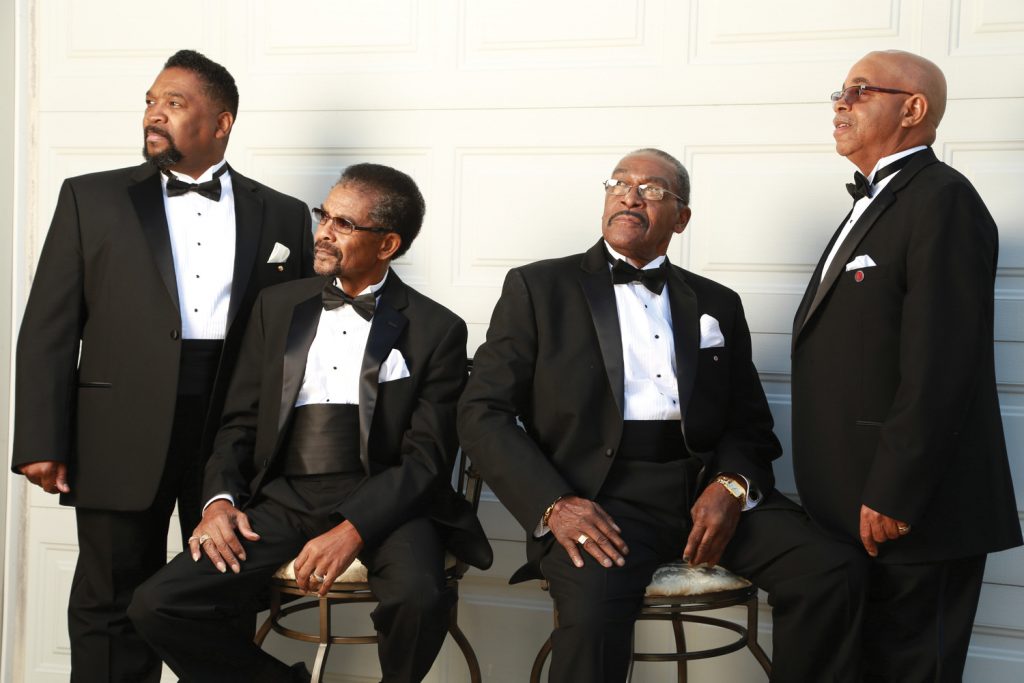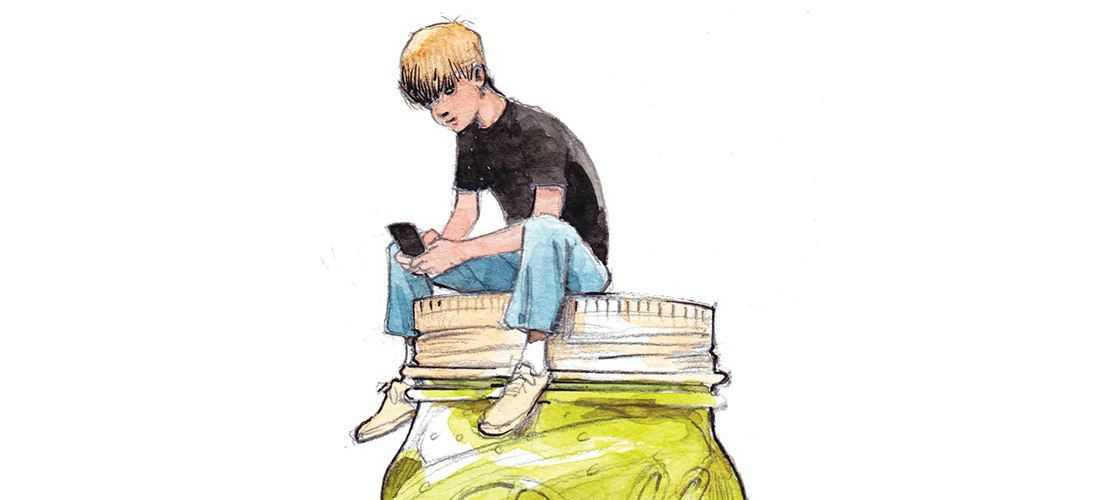The Evolving Species
Tale of a Lazy Tongue
Or, how a Southern wine lover blindly found her proper place
at a glamorous Napa wine event
By Cynthia Adams
As California was flogged by epic February rains and winds, I headed straight into the storm, determined to join some of the wine industry’s finest at the Symposium for Professional Wine Writers at Meadowood Napa Valley. My first stop was in Lodi, home of zinfandels. Wine expert Stephanie Bolton was suffering with flu, too ill to meet me as planned, to reveal her insider’s view of my favorite wine.
Stephanie is a home girl, Carolina-raised. She and I had clinked many a glass together while she earned her Ph.D. in research at the University of Georgia. She cheered me on as I dreamed of writing about vineyards, bud break, harvests under full moons, barrel samples and the romantic world of the grape. This symposium was to be a launching pad into this dream.
But I’ve been giving this a lot of thought. What did I really learn?
I’ve learned that even though I have never written a bestseller like Fried Green Tomatoes at the Whistle Stop Cafe, I am the Fannie Flagg of wine writing: meaning, Southern and overly polite. And although as a writer I’ve been told I have a distinct and winning voice, I’ve discovered in California that I lack a tongue.
How Southern am I?
Swishing and spitting used to draw the ire of my parents and got my sassy self sent directly to my room without supper. Spitting, according to my Carolina Mama, was the equivalent of biting the person seated beside you. Now, I wince whenever I must spit out perfectly good wine, and dread letting even an understanding fellow Southerner see me do it.
And that was just my first obstacle. Turns out, I have an olfactory disability. My brother was born with a lazy eye, and had surgery when he was a lad of 5. But I’ve apparently inherited an infuriatingly lazy sense of taste. There is no surgery that can help me.
You see, before this humiliating realization, I wasn’t going for Fannie Flagg. Nooo. I wanted to be the
M. F. K. Fisher of fine wine and food. I envisioned prose about molten rubies in the glass, or waxing poetic at the first sight of shapely “legs” streaming down the inner contours of a delicate Riedel glass.
Well, no. We were privy to some of the finest wines, ones that had never left the estate libraries until the symposium. Turns out, the only thing I could correctly capture were my streaming sinuses with a wad of tissues. I am also asthmatic and allergic (thanks to an early spring, my sinuses were deeply offended) missing most of the “notes” my comrades were rhapsodically describing whenever they pushed their noses deep inside a glass.
The symposium fellows had segued from lecture to lecture, morning until evening, with most of the slated events featuring wines that we were to study. One lecturer had even written the frigging bible of wine. (Swear to God, Karen MacNeil was there with an updated, second edition of her Wine Bible.) By day three, I was slurping, chewing and spitting at Greystone, the Culinary Institute of America in St. Helena, revered mecca of food and wine knowledge, in a lecture hall where Julia Child had once held forth. My teeth grew black with red wine stain. Lesson No. 1: Even if you spit, after sampling 50-plus wines, you get slightly drunk. And start channeling more Flagg than Fisher.
But that wasn’t the worst of it: My smart-aleck mouth harbors stubborn-as-hell taste buds. After about six wines had been swished and swirled, my tongue was deadening, like a hunting dog that cannot, will not, get the scent.
With an array of Napa’s finest juice in front of me, I became even more challenged. My mouth was almost immediately addled, overtaxed, overcome; the oral equivalent of hysterical blindness.
First my tongue went numb along the sides, then the undersides. The deadening spread as I powered on with my classmates, continuing along the top, creeping across the entire roof of my mouth. I feared drooling, which would make my humiliation complete, and checked my reflection in an empty glass, hoping none of the luminaries in the class notice me swabbing my nose, eyes and even (so help me) my tongue.
My sinuses swelled and closed, with my nose giving off little porcine snorts as I approached the glass. So I gave my tongue a pep talk: Yes, you can! Yes, you can!
Meanwhile, my colleagues were detecting all sorts of notes: pine, chocolate, cherries and huckleberries. Seated beside Richard Bradley, editor of Worth, I shouted out that I was getting “notes of leather” from a 1974 Charles Krug cab. He swiveled and gave me an incredulous look. I dabbed at my blocked nose and sank deeper into my seat. Next up, a 1975 Beaulieu Vineyard Private Reserve, which elicited coos of praise and claims of different smells, but none quite as creative as leather.
By day four, I contemplated the final challenge: an auspicious blind tasting held in St. Helena for Premier Napa, where we were dispatched to taste Hall Wines. Conveniently, they provided, right next to our tasting glasses, containers of complimentary toothbrushes for our wine-blackened teeth. So I grabbed one of each.
Initial hiccup: I could not figure how one approaches so many stellar wines. Was I to guess at every single one of them?
I was at a racetrack without a program. A wine jockey without a saddle. And there before me were 81 vital, athletic, utterly staggering thoroughbreds.
The tables were set with three vintages of 13 red wines, and 14 white wines, waiting to be swirled and spat, with experts circling around the tables, squinting in earnest concentration, notepads out.
The room was intense, the mood all business — and I stumbled out of the gate, desperately hoping my palate would spring into action. My lazy, lazy taste buds, I reproached. Wake the hell up!
It was now 10 a.m. As my Southern grandmother, Mama Patty, maker of scuppernong wines that would curl the teeth of a grown man would have reproached, “And there you are, Cynthia Anne, drinking in broad daylight!”
Now, I had learned that some people are morning tasters. (Forgive me, those of you whom I previously assumed were hopeless alcoholics.) My tongue, when it could be lashed into service, was only working third shift.
Coming off a Meadowood dinner the prior night, one featuring wines that were premier, cult-status fine, my tongue had signaled further trouble. It began to loll around, declaring that it had no further work to do. (Wine God Kevin Zraly of Windows on the World fame had warned us that taste buds are extreme slackers by age 32. Thereafter, they either work part time or die. Mine had left the building.)
By now, Hall was crawling with millionaire oenophiles who had arrived in Teslas (car of choice after Ferraris), padding around in Zegna togs and Tod’s loafers. These cats looked casual but they were most certainly not.
And, they were carrying white paper spit cups. Where I was born, spit cups are for chewing tobacco, not priceless wines.
There were spit buckets at the tables, but with so many wines to be tested, they threatened overflowing. There is an unspoken etiquette to spit bucket use. “Do not spray,” a friend hissed. “You’ll get yelled at. I know, because I did.” With buckets filled, we used white cups after we chewed and swished.
The place swarmed with growers, winemakers and vineyard owners, who knew what they were about and set to doing it. Then there was me, open-mouthed, feeling very much like Lucille Ball at the candy factory. These were unimaginably promising wines. I grabbed a spit cup.
I wanted to taste them all!
When I saw my pal Irene Moore looking rapturously into a glass, I did my best imitation: I, too, narrowed my eyes, addressed the wine, swirled it with my hand cupping the top of the glass, and tasted. I chewed and swished and allowed the wine to roll to the back of my tongue. The first sensation was an ecstasy of flavor. So good I didn’t want to spit. But spit I did, then drank some water, and soldiered on to another. The next taste exploded in my mouth, the finish strong and the wine young and wrestling to the top of my palate. I closed my eyes, smiling.
Then I advanced to the third. It was another rapturous red; if it met its promise, it was going to be a Stradivarius of wines.
As I squinted and puckered, waiting for my tongue to curl like a Persian carpet, it began. Before I could spit, my damned tongue began withering. My sinuses swelled and my wastrel taste buds were atrophying. I could now taste little and smell less. Gasping, I spat, ran to the bathroom to gargle and swab the telltale stains from my teeth.
I stared at my tongue in the mirror. It was probably going to leave me altogether, buds and all, and move to another ZIP code. Run off with Little Debbie, or maybe, Mrs. Smith. It didn’t care — it had no standards.
Returning to the fray, I tried to resume. But, the tongue was done. Hell, it wasn’t even mine anymore. Perhaps I swallowed a chunk of it; I scarcely recall.
The takeaway from Premier Napa?
My problems may be rooted in my Southerness, and I can overcome the spitting thing. But think of the biological imperative.
Can a tongue be tamed? Maybe our biology is our destiny. Rethink cellaring those special bottles if you are over, say, age 33. Some of us have tongues that will not be overruled. They’re like doomed wines: underachievers, stalled, peaking too young.
Some people, some unlucky ones, are not morning tasters. Our mouths prefer wines at dusk, in the cover of darkness, with our histamines and convention in check.
And yet, I fight. If I can keep my incorrigible tongue from sliding out the corners of my mouth, decamping for less challenging opportunities, I’m opening a 2005 Rubicon tonight. OH
Cindy Adams is a contributing editor to O.Henry.


